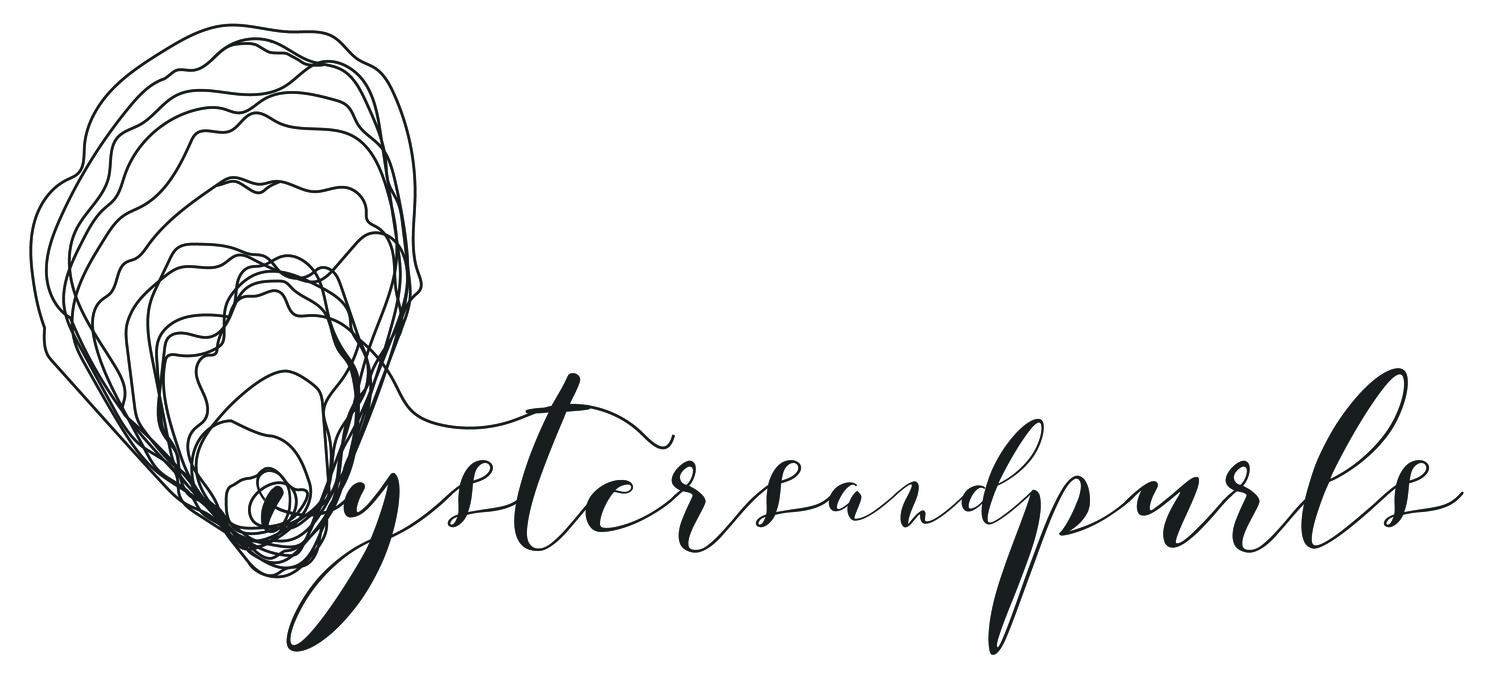Natural dye-along day 3
Congratulations, you have made it to day 3 of the natural dye-along!
Today we are finally ready to get our hands dirty in our dye pots! I am so excited to see all the different and beautiful colors you all are going to create from the comfort of your homes.
A few notes on natural color, before we dive in. You can achieve pretty much any color imaginable using natural dyestuff. However, you will quickly notice in your own experiments that some colors are more prevalent than others. The most common color to achieve through natural dyeing is yellow. You can create yellows ranging from bright fluorescent to dark mustards, using flowers, onion skins, citrus peel, and more! Blues and greens, on the other hand, are much harder to achieve. There are two ways to make blue: indigo and woad. Both of these dye plants, however, require a whole different set of steps to those outlined below, so I will save them for another day. As you may have guessed, you can achieve greens by dyeing your fiber/fabric yellow and then overdyeing with indigo or woad. Other ways to achieve green are by shifting the color of your dye bath with a color modifier, such as iron. You may also have some luck making greens using dye plants such as nettle and queen anne’s lace. Black and grey are also usually achieved through the help of iron.
There is plenty of room for experimenting, have as much fun with this process as you can! It may also be helpful to take notes, so you can replicate colors in the future (I am personally really bad at keeping a dye journal).
If you are dyeing with whole dyestuff, you may have already started your color extraction process (as described here). If not, you can always start this process today and dye your fiber/fabric in a few days when your dye bath is ready. Remember, your mordanted goods can be stored wet for up to a week, so just put them aside, work on those dye baths, and then continue with the dyeing.
An important thing to note is that, depending on the dyestuff used, the recipes for different dye baths will vary. Always check and proceed with the directions as specified for the dye materials you are using. Below are some general procedures.
Dyeing (whole dyestuff)
If you do have a dye bath ready, follow the steps outlined below:
Put your wet, pre-mordanted fiber in your dye bath.
Make sure your dye bath has enough liquid to cover your fiber. If not, add more water and stir so the dye bath gets an even consistency.
Bring the dye bath to just below boiling, gently rotating fiber every 10 minutes or so.
Hold fiber at this temperature for an additional 30 mins to an hour.
Turn off heat and let fiber cool in the dye pot. The longer the fiber remains in the dye, the more intense the color will get.
Dyeing (dye extracts)
When using natural dye extracts:
Dissolve a desired amount of dyestuff in hot water.
Fill up a pot with cold water, and mix in the dissolved dye solution. Stir well, until the dye solution has diluted evenly.
Place the scoured, mordanted fiber in the dye bath and slowly bring to the appropriate temperature based on the specific dyestuff used (usually just below boiling), gently rotating fiber every 10 minutes or so.
Hold fiber at this temperature for an additional 30 mins to an hour.
Turn off heat and let fiber cool in the dye pot. The longer the fiber remains in the dye, the more intense the color will get.
You can reuse exhaust dye baths so long as there is still dye left in them.
Here are some resources for an idea on the different dye extracts:
Washing and storing
Once your dye bath has cooled, rinse fiber in similar temperature water until all excess dye has been removed. Alternately, you can leave your fiber in the dye bath for a day before rinsing. You can also let your fiber fully dry and store it for a few days before rinsing and washing with mild (PH neutral) soap. This helps set the color before washing. I also like to soak my wool in a lanolin rich soap after rinsing, to reintroduce some of those natural oils that were removed during the scouring process.
Always store naturally dyed goods away from direct sunlight, and wash in cold water with pH-neutral soap. Hand wash your wool and silks.
Well, friends, these are all the steps involved in the natural dyeing process! While there is always more to share and learn, I don’t want to overwhelm you. So, let’s practice and get comfortable with these steps, and, perhaps, I will add more pieces here and there in the future. For now, You can, of course, continue from here and overdye your fiber/fabric, creating an entirely new and different colors. Or use that exhaust dye bath to dye something else, perhaps? I love using the same dye bath to achieve a gradient, for example!
I hope the process of creating color is bringing moments of joy to your days! Thank you so much for joining in the fun, and I look forward to us dyeing along each other for weeks (and maybe months) to come! Please feel free to send me your questions and comments, I’d be happy to assist you through your dyeing journey as best I can!
Sending you all virtual hugs, until we are able to hug in real life again!




